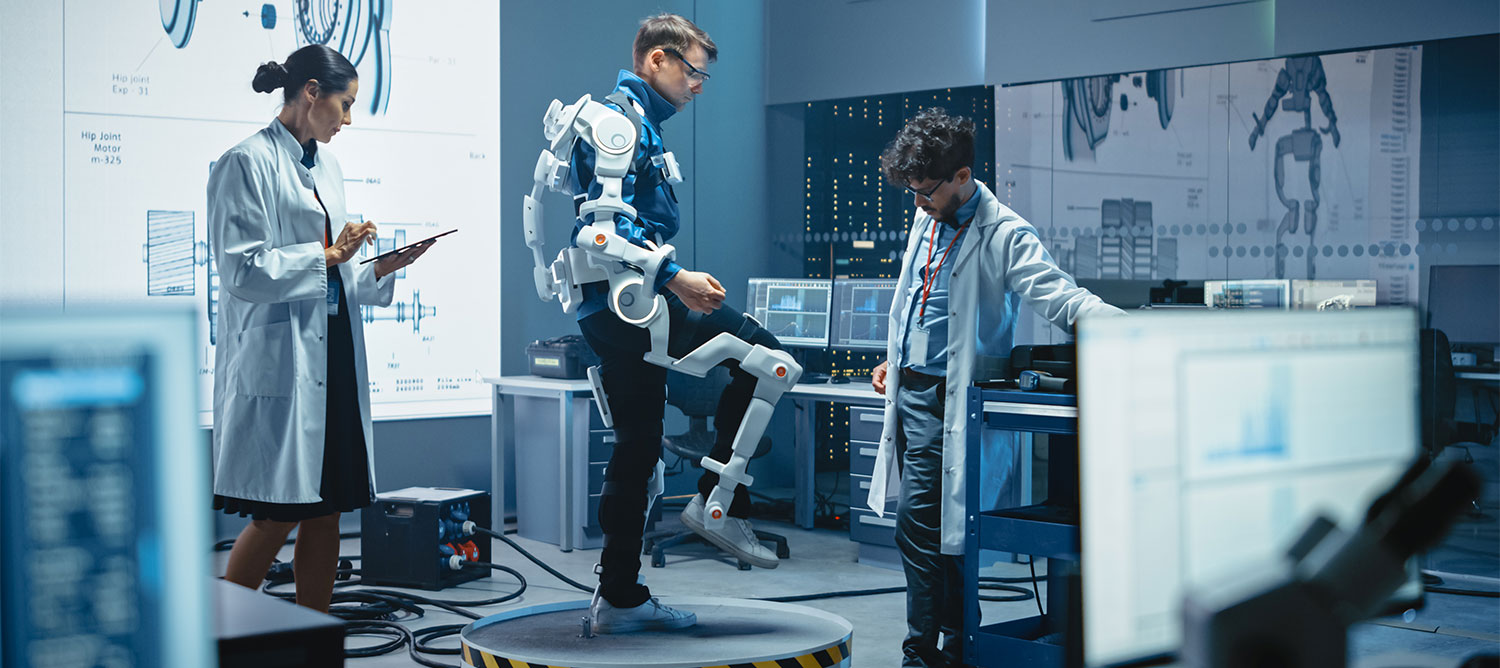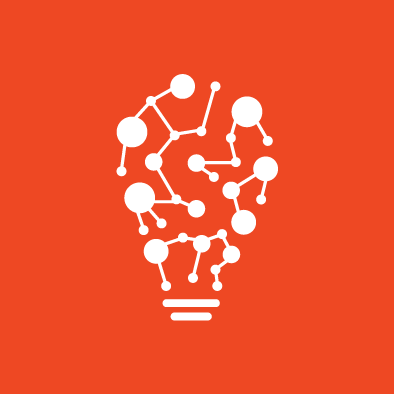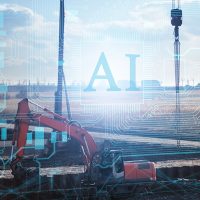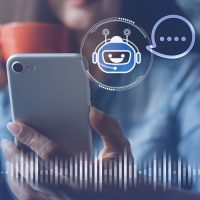
Artificial Intelligence has been opening up new and simpler ways to manage our daily activities. With the big potential to automate tasks that typically require human intelligence, such as speech and voice recognition, visual perception, predictive text functionality, decision-making and performance of a variety of other tasks, AI can help individuals with disabilities by making a major difference in their ability to get around and take part in the activities of daily living.
Artificial Intelligence can be a game-changer for disabled people by making it easier to create interactive tools that support physical accessibility and independence. Let’s go through some useful applications of Artificial Intelligence in this field and see how it can be used to improve the lives of those with disabilities in a number of ways.
Communication and human connection
AI-voice-assisted technologies, like Echo, Google Home, Alexa, have created new means of accessibility for disabled people. As Artificial Intelligence takes an important role in communication and interaction, the use of this technology enables individuals with disabilities to access information much easier, all just by speaking to their devices.
Advances in speech-to-text and text-to-speech technologies come to aid those living with speech impediments. Voice systems like Voiceitt can learn speakers’ pronunciation over time and translate the user’s words into clear and normalized speech in the form of audio or text messages. The app may also be used to help people with speech impairments communicate face-to-face with each other. Similarly, Google’s Parrotron is another AI tool that makes it easier for speech-impaired users to be understood by turning impaired speech patterns into fluent speech.
Advancements in AI technology have also made it possible to develop tools that make the lives of people with hearing disabilities easier. One of the leading providers of such AI-powered platforms is GnoSys, known as “Google translator for the deaf and mute”. The AI-based app uses neural networks and computer vision to translate gestures or sign language into text and speech instantly. Google’s DeepMind has also used the capabilities of AI to create a system that uses lip-reading algorithms to accurately decipher entire phrases. The system was trained to watch over 5000 hours of different TV programs and analyzing a total of 118.000 sentences. The research resulted in a system that can interpret human speech in public spaces, a variety of noisy and lighting environments.
Artificial Intelligence can create life-changing opportunities for people with limited vision as well. Through image recognition technology, AI understands the context of objects in photos and describes photos to people. Microsoft’s Seeing AI is a great example of such a computer vision platform that narrates the world around visually impaired people by reading texts, describing how the person looks like, recognizing faces and emotions. OrCam is another revolutionary AI-based device for blind and visually impaired people that conveys visual information instantly with voice commands. The device can read texts aloud from books, newspapers, smartphone screens, or any other printed or digital surface, recognize faces, identify products, colors, and other visuals. It helps blind people do many things on their own, bringing a new level of independence.
Independent in-home living
Smart home technology can be a great benefit for those with limited mobility. Through simple voice commands allowing to communicate what they need and request the information they are seeking, they can control nearly every aspect of their home from switching on/off lights, adjusting the temperature to turning off the stove, and playing music. AI-assisted smart home technology can be very helpful for people living with disabilities, assist them in moving around the home, and support more independent living.
For example, Amazon Alexa is a very useful app to help people with disabilities with voice interaction, setting alarms and reminders, playing music, making to-do lists, and providing real-time information. Smart Doorbell smart device may be especially helpful for those with mobility impairments enabling them to see who is at the door through a monitoring screen and open the door or else unlock it. Smart home devices like smart lighting, smart curtains, smart garage opener, smart thermostats are also handy and accessible to make everyday life easier for people with disabilities. Smart lighting may be used to turn lights on and off remotely as well as control lighting levels in the home. Smart curtain technology has the ability to open and close the curtains automatically using the phone app. With smart garage openers, homeowners can monitor their garage door from any place through their smartphones. And smart thermostats come with various features allowing to change the house temperature remotely and keep it comfortable anytime.
Increasing accessibility
AI technology can empower people living with limited physical mobility. Microsoft’s AI for Accessibility program uses the potential of Artificial Intelligence to develop solutions to many physical and cognitive challenges disabled individuals face at work and in daily life to promote social inclusion for them. Microsoft’s initiative aims to increase independence and productivity for disabled people in employment, daily life, and communication.
AI-powered self-driving cars and other forms of autonomous transportation promise incredible freedom of mobility for house-bound individuals with disabilities. Thanks to Artificial Intelligence, autonomous vehicles developed by Google’s Waymo, Uber, Lyft, Drive AI, and others could eliminate physical isolation for such people and promote a more social lifestyle. Using driverless cars enables disabled people to leave the house, get around their communities, interact with people, and even find jobs. Once autonomous vehicles are fully integrated into society, they could ease independent mobility, and increased accessibility adapted to each user’s abilities and needs.
AI-powered solutions stand to make a real difference for people with disabilities, supporting them in activities of daily living and enabling them to gain new skills. AI technology helping disabled people opens up new opportunities for accessibility, inclusion in society, and independent living that would otherwise be difficult or impossible to achieve. As AI continues to grow further, it could unlock more advanced and innovative solutions for addressing the most complex challenges faced by disabled people and enabling more inclusion for them.

SmartClick is a full-service software provider delivering artificial intelligence & machine learning solutions for businesses.


